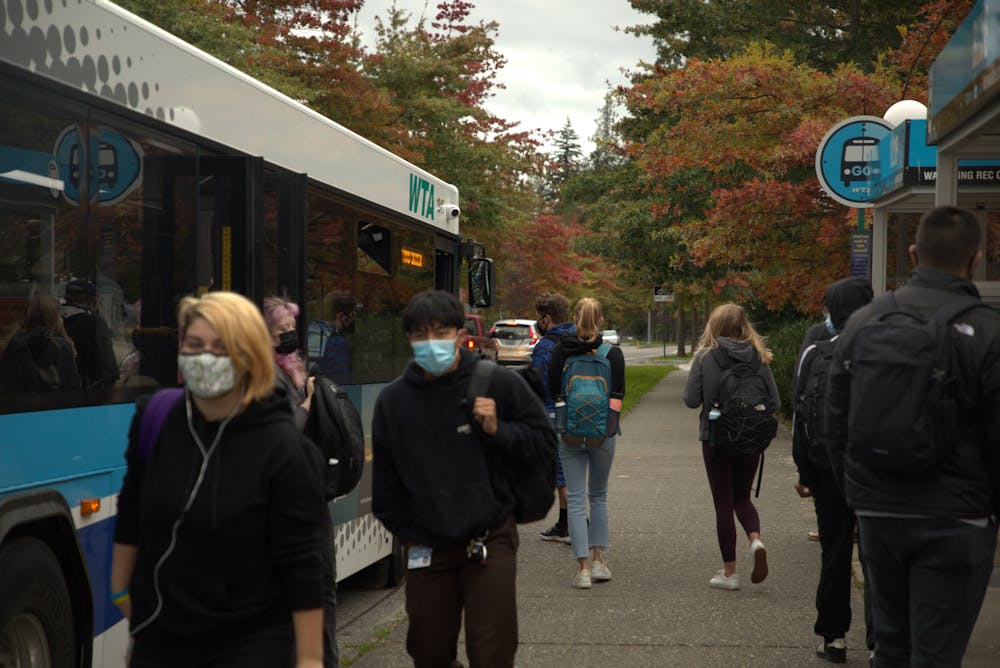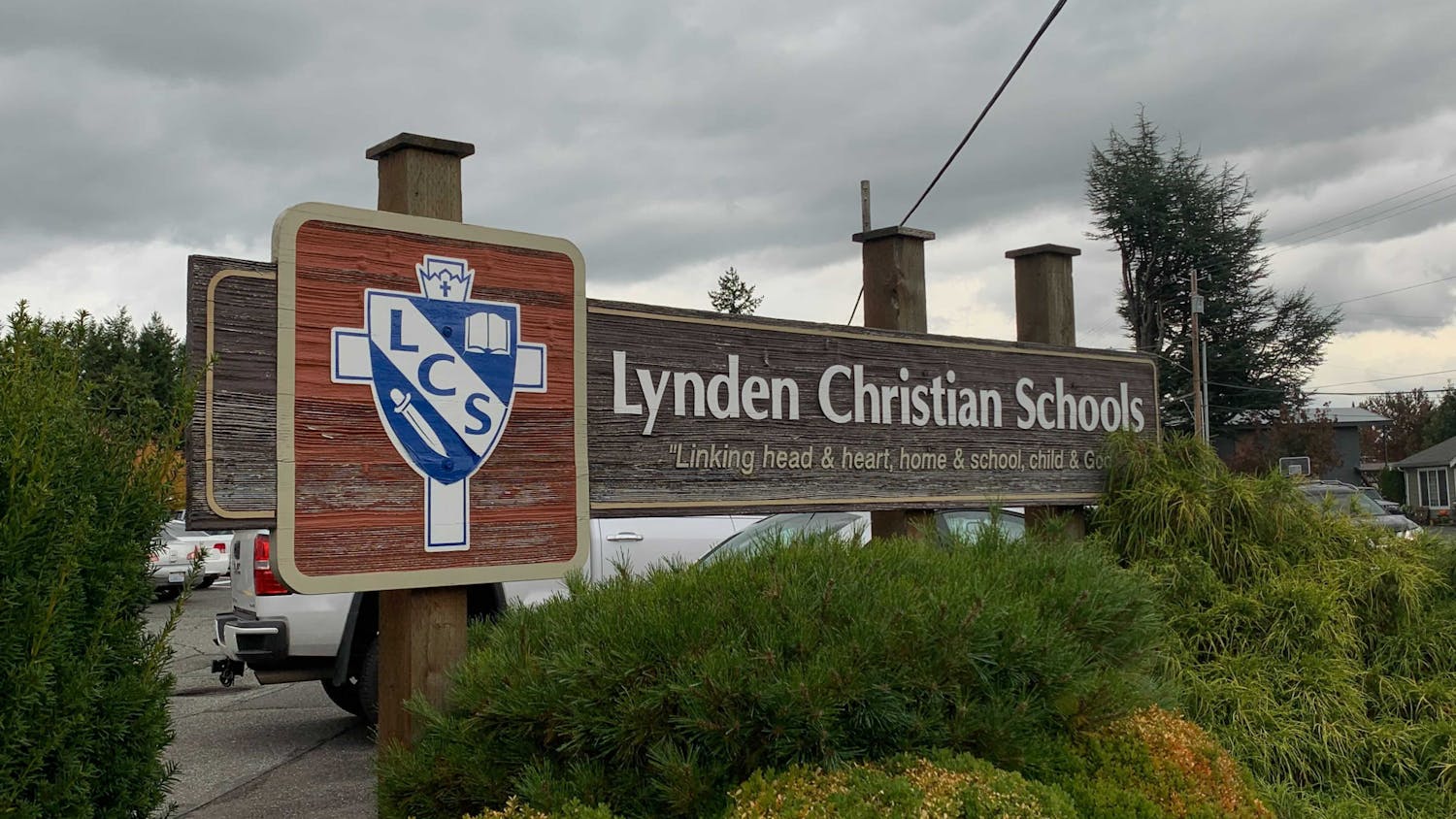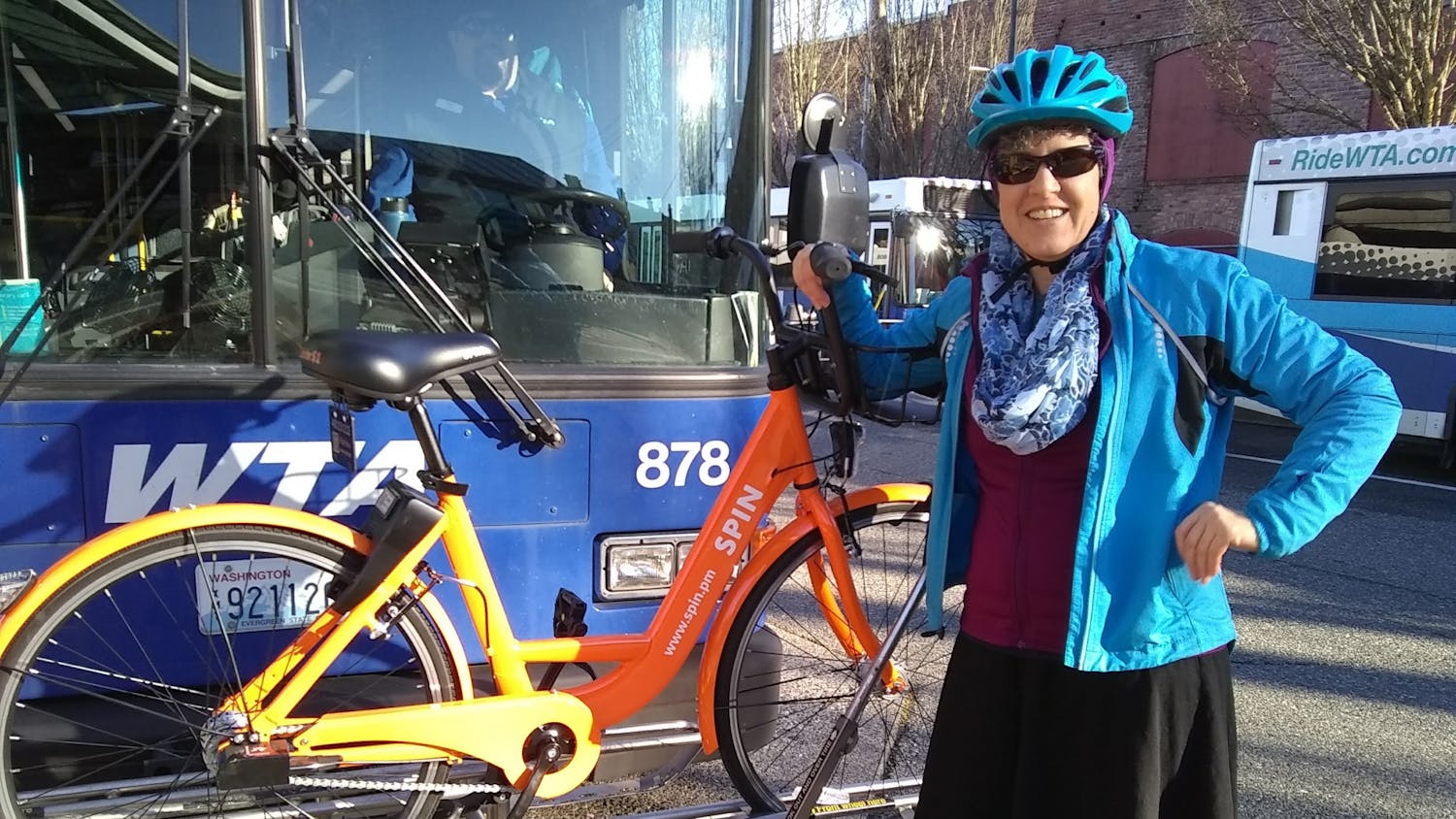The start of fall quarter brought thousands of students to Western Washington University’s campus for the first time in over a year and a half, putting a new wave of commuters on Bellingham’s public transportation.
Whatcom Transportation Authority is a primary resource for Western students who need a public bus to get to and from class every day. Still, the sometimes crowded routes have brought COVID-19 safety into question.
The nature of the current pandemic situation is certainly unpredictable, making WTA’s efforts to react that much harder, and Maureen McCarthy, community relations and marketing manager for WTA, said the common-sense solutions are more difficult in practice.
“As far as adding resources, our hands are tied,” McCarthy said. “We just aren’t able to predict the amount of drivers and buses we’ll have. Even if people aren’t out with COVID-19, they may be out with symptoms or because a child they live with has symptoms.”
These same issues have affected their ability to incorporate additional shuttle routes, which could dilute the denser routes.
According to the WTA website, the staff accumulated seven positive COVID-19 cases between January and August of 2021, five of which were in August. There is no information regarding whether those employees were drivers or not.
As for the issue of overcrowding on buses, McCarthy said WTA does not want buses with all the standing room taken.
“We’re shooting for every seat full and no more than five people standing,” McCarthy said. The buses have 37 seats available.
WTA’s bus drivers are given the discretion to call a bus full if space becomes a concern, according to McCarthy. However, during busy routes around Western, drivers don’t always use their authority.
“We are trying to work with Western and riders, saying, ‘hey, if you’re making a short trip, any chance you can do it by bike or by walking?’, but we know that can be tricky,” McCarthy said.
Regardless of what the WTA recommends, some students don’t have a choice when it comes to transportation.
Dalun Zhang, a student at Western, takes the bus every day to campus. With increasing riders, even Zhang’s commute becomes uncertain.
“Sometimes, I can't get on it. It depends on the time; mornings are pretty busy,” he said. “It’s crowded. It's the only way I can get to campus.”
Crowded buses this quarter have been more of an issue than any time before. The WTA does not require proof of vaccination and transmission on crowded buses is still possible even with Western’s website reporting that 93% of students are vaccinated
Since adding buses is not an option for WTA, maintaining non-full capacity may be one of the few mitigations left.
In a study published by the Journal of School Health, capacity monitoring and mask usage proved to be effective in limiting COVID-19 transmission on K-12 school buses.
“The key takeaways from our study are that we demonstrated no transmission on the buses operating at near capacity,” said Dr. Dana W.E. Ramirez, associate professor of pediatrics at Eastern Virginia Medical School.
Of the 462 students who used bus transportation, 39 were infected with COVID-19. The students were present on the buses over the length of the seven-month study.
However, contract tracing showed that the near-capacity buses were not to blame for transmission. The study also mentioned the use of simple ventilation like cracking windows to be effective along with masking and minimal distancing.
Enforcing further social distancing measures may not be in the WTA’s power. Still, the discretion of each driver is a tool that can be used to limit riders coming on the bus.
A near-capacity model may not solve the problem entirely but may allow those at higher COVID-19 risk to make sure their bus route isn’t packed full.
McCarthy said the BusTracker app is a helpful way to gauge when your bus will arrive. Using it could also be effective in getting to the bus stop earlier and avoiding congregations of riders.
Erik Anderson is a third-year Visual Journalism major and campus news reporter for The Front. When not reporting Erik enjoys videography, photography, listening to music, and spending time with friends. You can contact him at erikanderson.thefront@gmail.com
Max Larsen (he/him) is a third year News Editorial major and opinion reporter for The Front. He enjoys writing just as well as cars and old music. You can contact him at maxlarsen.thefront@gmail.com






